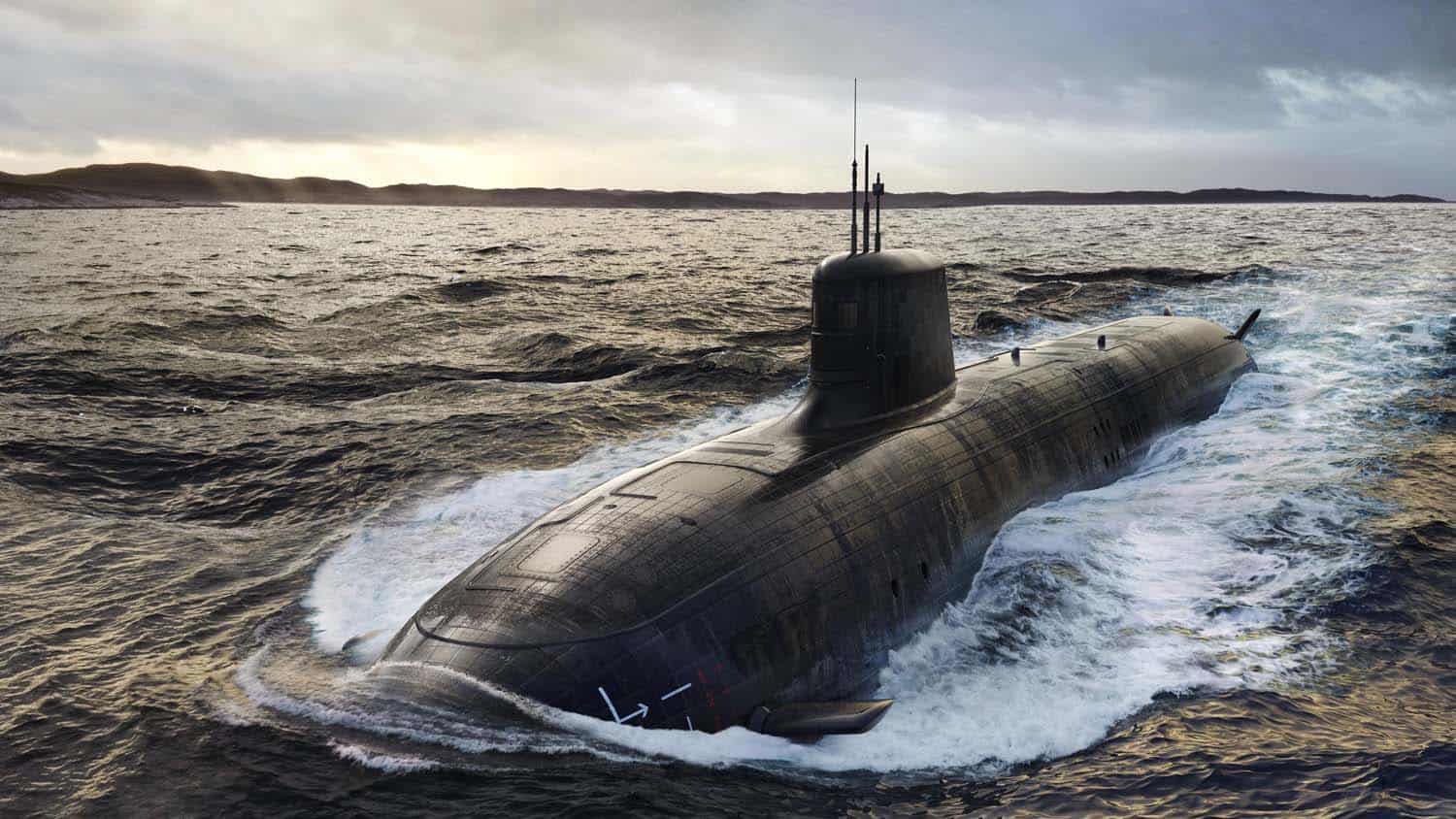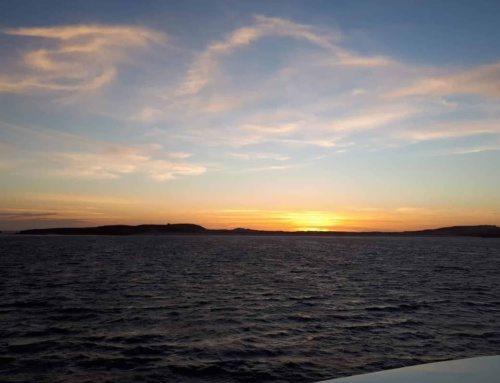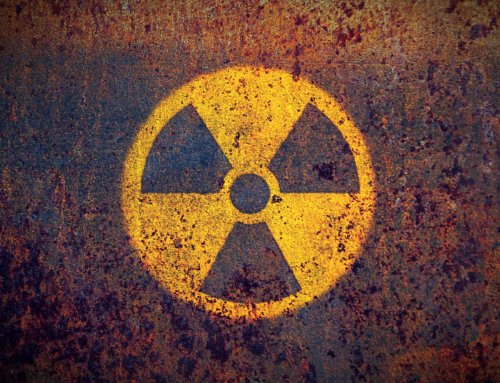What does AUKUS mean for radioactive waste management?
The AUKUS submarine deal between Australia, the United States and the United Kingdom has raised a lot of questions about the use of nuclear reactors and the management of the nuclear waste when those reactors come to the end of their life.
It’s important to emphasise that the submarines do not have nuclear weapons on board. The nuclear component of the submarine is a reactor that provides propulsion for the submarine in place of more traditional fossil fuels. It should also be noted that many other countries have nuclear reactors for power, including nuclear-powered submarines. These reactors, when operated and maintained in accordance with legislative requirements and international best practice, can be used safely, as demonstrated by other countries.
However, the agreement does create some issues for Australia, most notably the need for a national approach to dealing with radioactive and nuclear waste.
Understanding terminology
The terms radioactive and nuclear waste are sometimes used interchangeably, as all of this waste is radioactive. The difference between radioactive and nuclear waste relates more to its origin. Radioactive waste is a broader term that includes waste materials from many different industries, whereas nuclear waste is generally used to describe material that is derived from the nuclear industry, including nuclear plants and nuclear weapons. So, while all nuclear waste is radioactive waste, not all radioactive waste is nuclear waste.
Radioactive and nuclear waste are categorised in Australia according to international guidelines and include the following categories:
- EW – Exempt waste — not considered radioactive and therefore disposed of as normal waste.
- VSLW – Very short-lived waste – radioactive that decays to exempt waste over a short period of time.
- VLLW – Very low-level waste – managed as radioactive material, but at sufficiently low levels that it can be disposed of at government-approved landfill
- LLW – Low-level waste – radioactive material that must be disposed of at government-approved Near Surface Disposal Facilities for Radioactive Waste, in accordance with national and international practice (usually in hardened surface bunkers or up to 30m below the surface)
- ILW – Intermedial-level waste – radioactive material that must be disposed of in Geological Disposal Facilities in accordance with national and international practice. (This requires disposal at depths 100s of metres below ground. Currently, no such facility exists in Australia)
- HLW – High-level waste – same as ILW except, requiring extra containment due to the fact that the material produces its own heat.
Radioactive waste from medical and research institutions generally falls into the VSLW and VLLW categories, and, to a lesser extent, into the LLW category. Radioactive waste from mining and oil and gas sectors generally span the VLLW and LLW categories. Radioactive waste from nuclear plants and reactors generally falls into the LLW, ILW and HLW categories.
According to the world nuclear association, each year Australia produces about 45 cubic metres of radioactive waste arising from these uses and from the manufacture of the isotopes – about 40 m³ low-level waste (LLW) and 5 m³ intermediate-level waste (ILW). This LLW is now stored at over a hundred sites around Australia.
Understanding the AUKUS implications
With the introduction of the AUKUS submarines, Australia will have to consider the transport and disposal requirements from reactors that are typically a few hundred megawatts. By comparison, Australia’s only research reactor at the Australian Nuclear Science and Technology Organisation (ANSTO) is a 20-megawatt reactor.
This means Australia will need to develop an effective management approach for the disposal of ILW and HLW in the future. Currently, the only plans for ILW are from the recently formed (2020) Federal Government Australian Radioactive Waste Agency (ARWA), which has plans in place to temporarily store ILW on the surface at the proposed National Radioactive Waste Management Facility in South Australia.
The AUKUS deal is a Federal Government agreement, but the approach to managing radioactive waste has historically been within the jurisdiction of State Governments. It is unclear whether ARWA will be managing the nuclear waste from this tri-lateral agreement, whether there is an agreement to ship any waste back to the country of manufacture (either the U.S. or UK), or whether State Governments will each be managing the waste in their own ways.
As an example of the complexity of the issue, Western Australia is prohibited from transporting or storing nuclear waste under the Nuclear Waste Storage and Transportation (Prohibition) Act 1999.
If there is one lesson that we have learned, it is that the entire life cycle of radioactive and nuclear materials, from acquisition to disposal, must be planned, managed, and budgeted for at the start of any operation. Already there is pushback from various state governments, including Victoria and WA evident in this abc article, with regards to storing nuclear waste from the AUKUS submarines. Those issues will likely intensify without proper planning.



